How to Prepare Your Garden for Spring: Essential Steps for a Beautiful Blooming Season
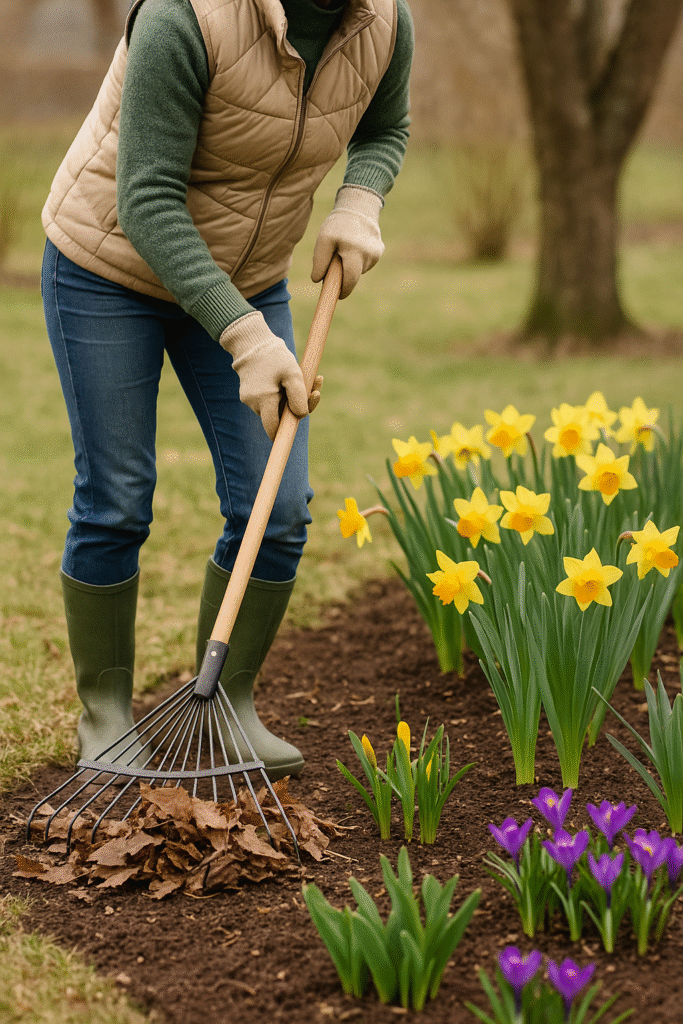
Spring is every gardener’s favorite season—it’s the time when gardens wake up, flowers bloom, and everything comes back to life after winter’s rest. But before you can enjoy vibrant blooms and fresh veggies, you need to give your garden a proper spring refresh.
In this guide, I’ll walk you through how to prepare your garden for spring so you can set the stage for a healthy, thriving growing season.
Why Spring Garden Preparation Matters
Spring garden prep is like warming up before a workout—it prevents problems and sets you up for success. Here’s why it’s essential:
- Healthy Plants: Clean, fertile soil helps plants grow faster and stronger.
- Fewer Pests and Diseases: Removing debris reduces the chances of winter pests surviving into spring.
- Better Yields: For vegetable gardeners, spring prep means more productive crops.
- Lower Maintenance: A well-prepared garden requires less work throughout the season.
When Should You Start Preparing Your Garden for Spring?
Timing is everything in gardening! Here’s how to know when to start:
- Check the weather: Wait until the soil has thawed and is no longer soggy.
- Know your frost dates: Use a local planting calendar to avoid planting too early.
- Late winter to early spring is usually best, depending on your climate zone.
Essential Spring Garden Prep Checklist
Follow this simple step-by-step plan to get your garden spring-ready.
1. Clean Up the Garden Beds
Winter can leave a mess behind. Start by:
- Removing dead leaves, branches, and debris
- Pulling out weeds before they get established
- Disposing of any plant material that shows signs of disease (don’t compost it!)
2. Inspect Tools & Supplies
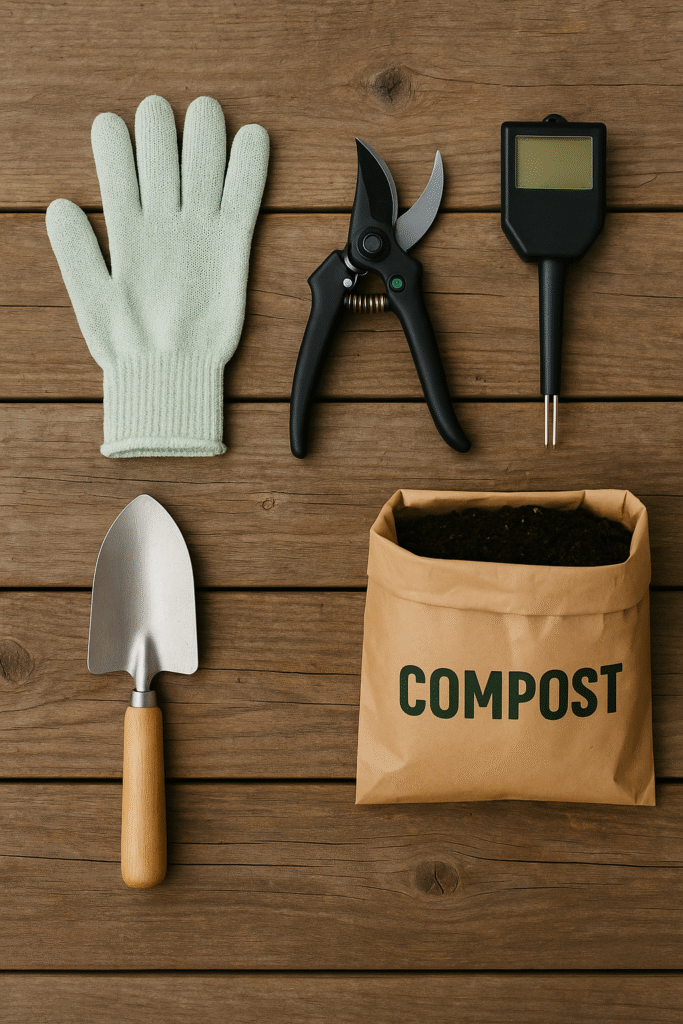
Before planting, make sure your tools are ready:
- Clean off dirt and rust from pruners, shovels, and trowels
- Sharpen blades to make gardening easier
- Check hoses, watering cans, and irrigation systems for leaks
- Restock compost, mulch, and fertilizer
3. Test and Prepare the Soil
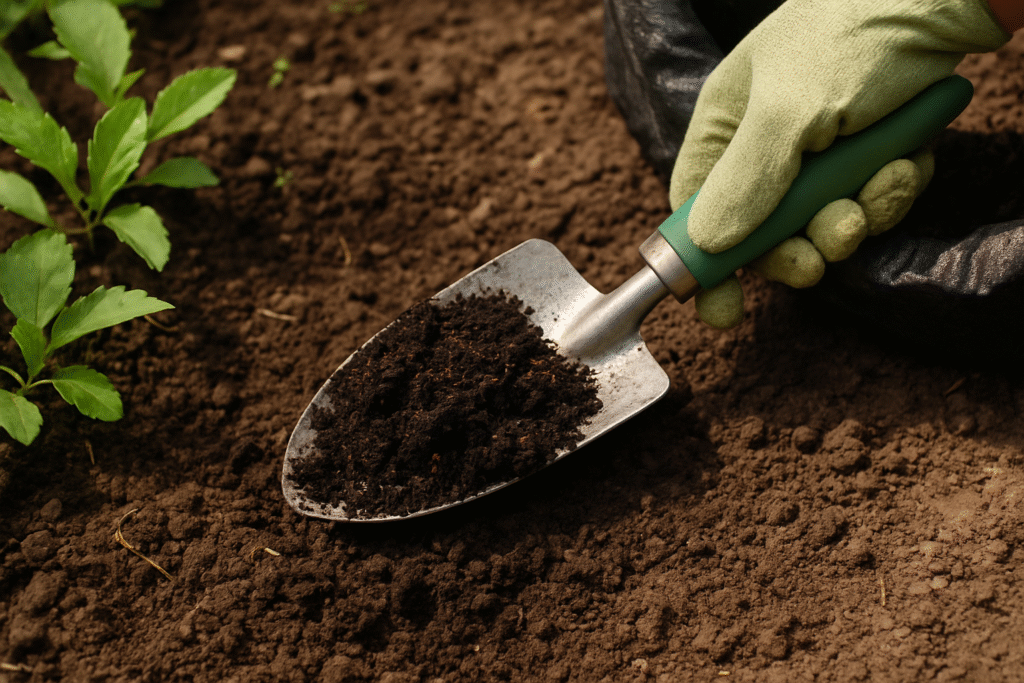
Healthy soil is the key to a successful garden:
- Test the soil for pH and nutrient levels (optional but helpful)
- Add compost or organic matter to boost fertility
- Loosen the soil with a fork or tiller to improve drainage and root growth
4. Prune Trees, Shrubs, and Perennials
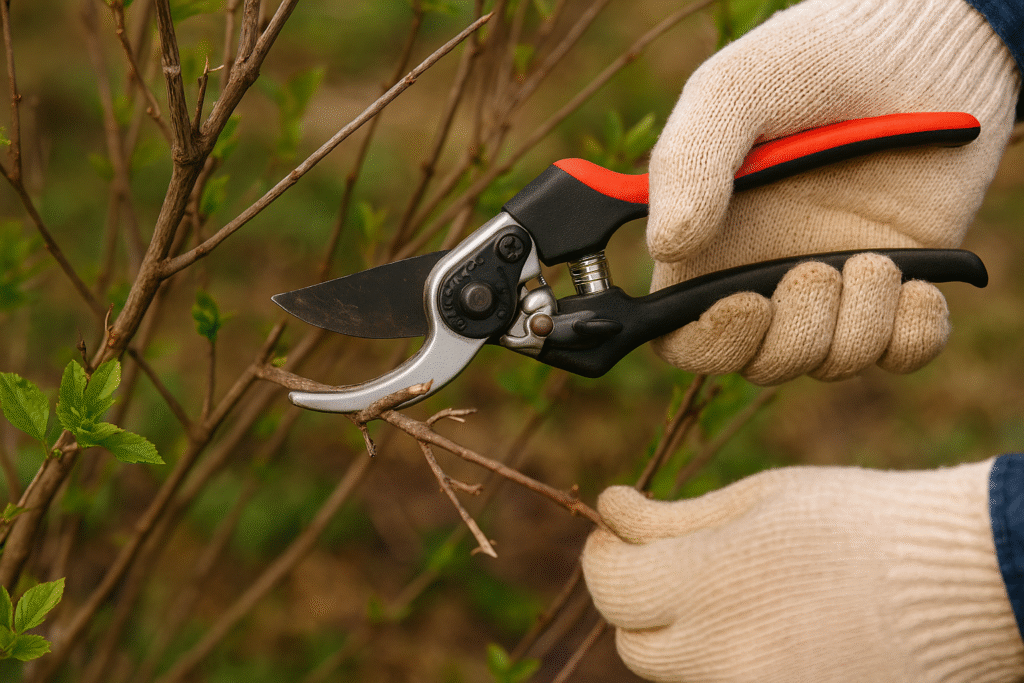
Spring pruning helps plants grow stronger:
- Cut back any dead or damaged branches
- Prune flowering shrubs—but only if they bloom on new wood (for example, hydrangeas that flower later in the season)
- Trim back perennials to encourage fresh growth
5. Plan and Start Planting
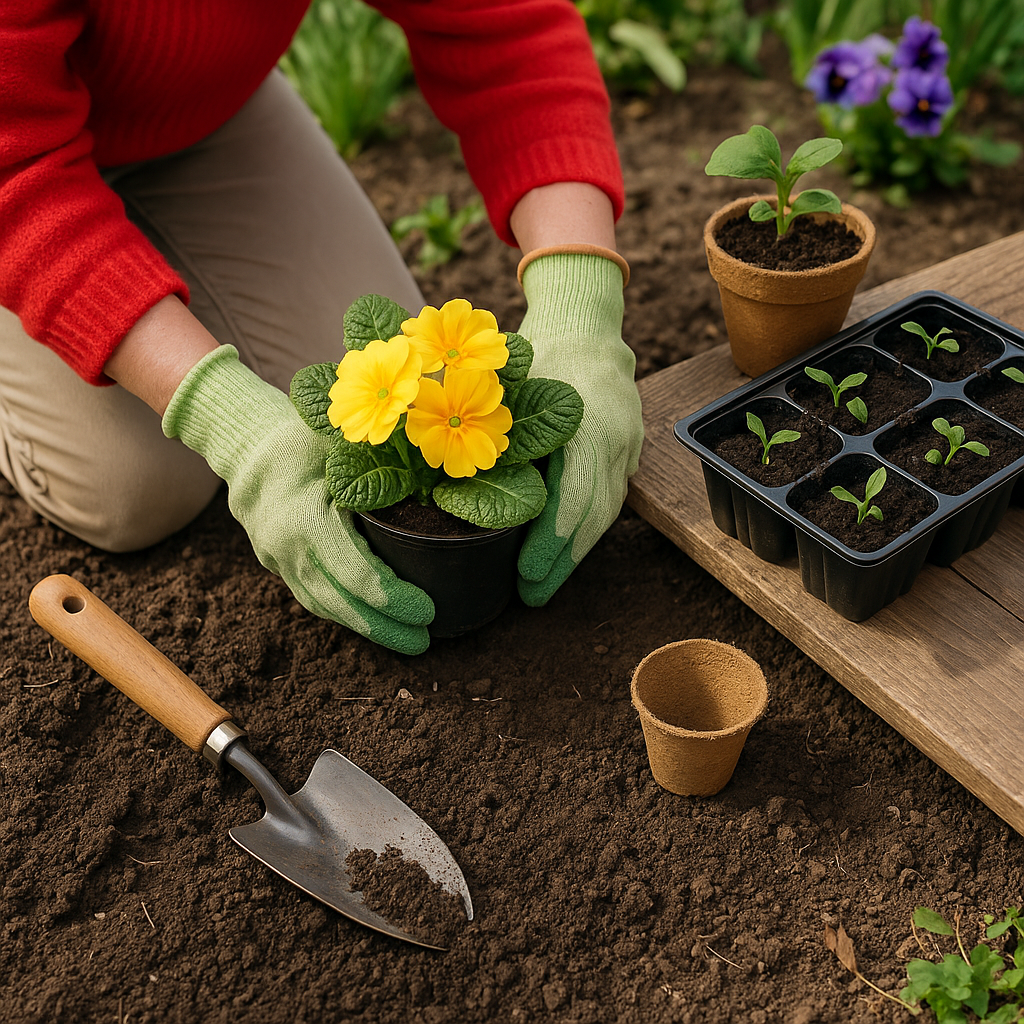
Now the fun part—planting!
- Create a planting calendar based on your region’s frost dates
- Start seeds indoors for vegetables like tomatoes and peppers
- Plant cool-season crops directly into the soil: lettuce, spinach, peas
- Choose plants that match your garden’s light and space conditions
6. Mulch and Protect
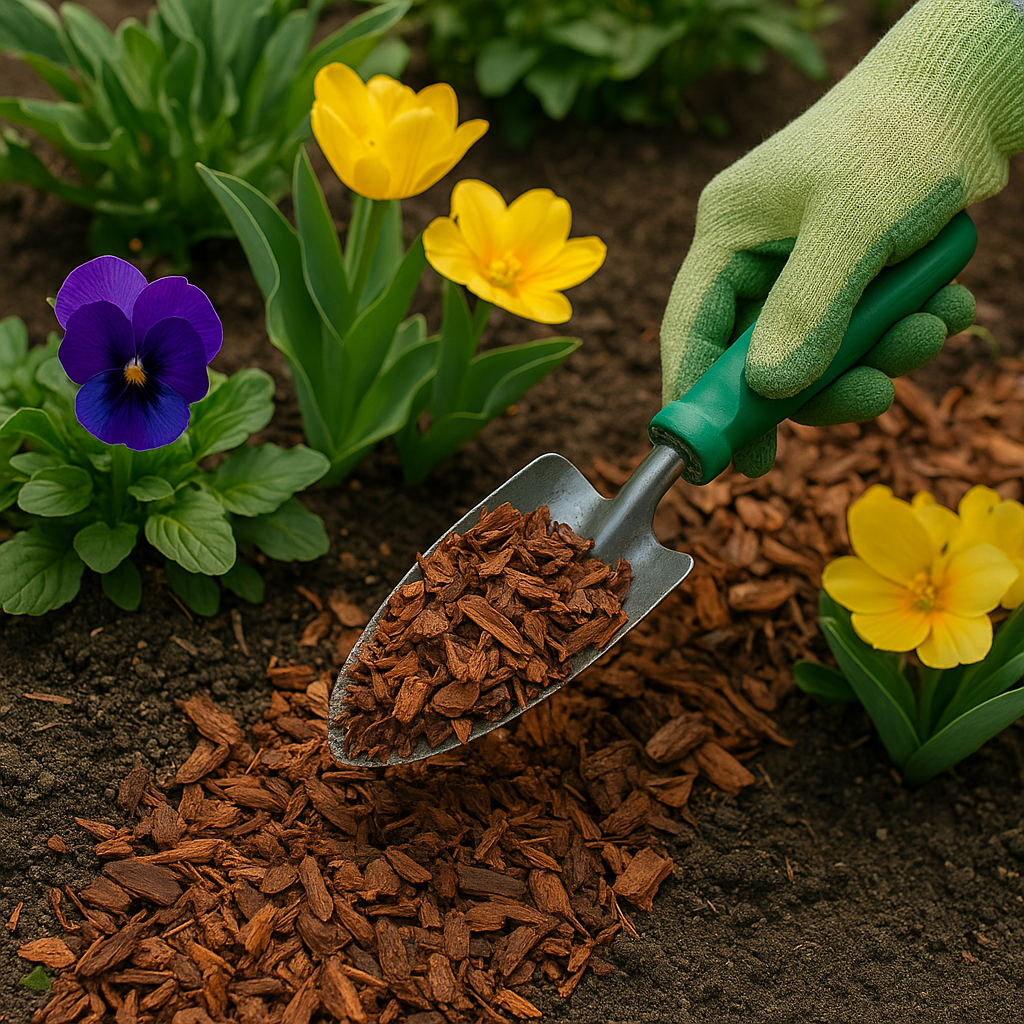
Mulch is your garden’s best friend in spring:
- Spread fresh mulch around flower beds and vegetable patches to lock in moisture and suppress weeds
- Use frost covers or cloches to protect young plants from unexpected cold snaps
Spring Garden Pest & Disease Prevention
Stay ahead of garden pests with these tips:
- Inspect leaves and soil for overwintering bugs
- Use natural pest control like neem oil or companion planting
- Attract helpful insects like ladybugs and bees to keep your garden balanced
Special Considerations for Small Gardens & Balconies
Even if you have limited space, you can still garden:
- Use containers and raised beds for faster soil warming
- Choose compact plant varieties
- Try vertical gardening to maximize wall space
- Use lightweight soil mixes for easier handling on balconies
Common Spring Garden Prep Mistakes to Avoid
Learn from common gardening errors:
- Working the soil when it’s too wet—this compacts the soil and harms plant roots
- Over-pruning plants that bloom on old wood (like some hydrangeas and lilacs)
- Skipping frost checks and planting too soon
- Ignoring tool maintenance, which can lead to plant damage
Final Tips for a Successful Spring Garden
- Keep a garden journal to track planting dates and growth
- Involve family or friends—it makes gardening more fun!
- Be patient. Nature moves at its own pace, and spring gardening is about the process as much as the result.
Conclusion
Spring is the start of a new gardening year, and a little preparation goes a long way. By cleaning up, nourishing the soil, pruning wisely, and planning your planting, you’ll enjoy a garden that thrives all season long.
So grab your gloves, shake off the winter blues, and get growing!